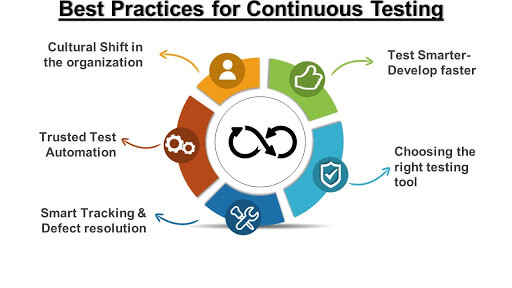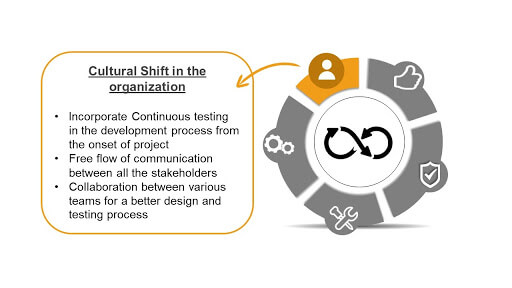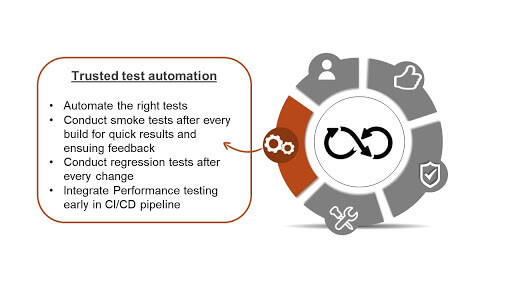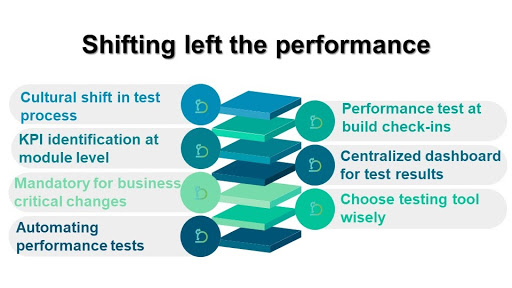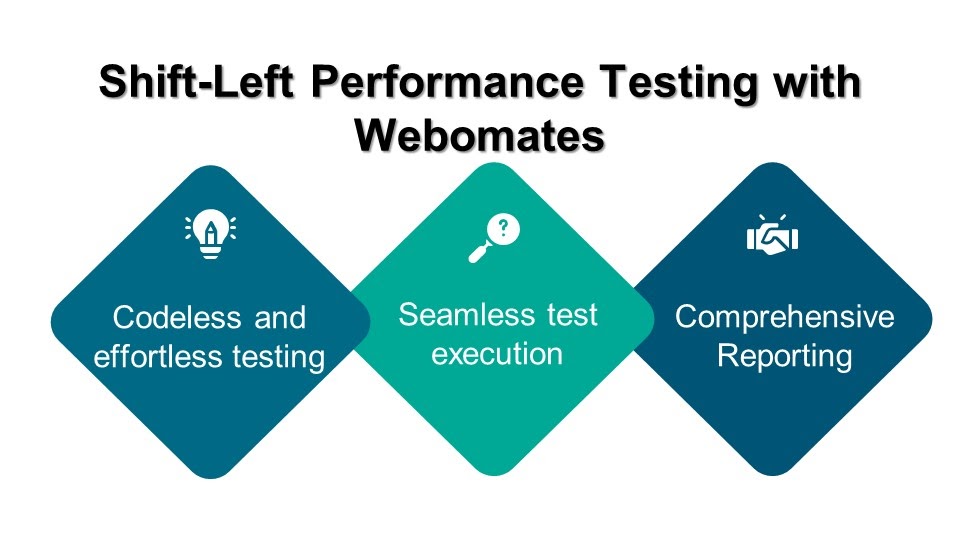The software development and testing process have undergone multiple facelifts in the past few decades. The market demand and customer expectation to have a user friendly, feature-rich, fast processing, and secured software, drives the need to have a thorough testing process in place.
An agile methodology is a customer-centric approach that delivers a high-quality product in a short period of time. It is a fast, adaptable, and efficient approach that facilitates the early detection of bugs, thereby reducing the cost and efforts by fixing them early in the development cycle.
What is Exploratory Testing?
Exploratory testing is a hands-on approach in which testers are involved in minimum planning and maximum test execution. It involves simultaneous learning by discovery. The testers explore the application and learn about its functionalities by discovery and learning method. However, the tester has to adhere to the exploratory charter that has goals and boundaries for testing defined. For example, one vector to consider in the exploratory test could be focused on new or modified features, since every code change raises the possibility to introduce bugs. Another vector can be a complex module that is an unstable or buggy module of the product.
So where does Exploratory testing fit in iterative and incremental agile approach?

The shared value system of the Agile Manifesto
The Agile development model is iterative and incremental. The agile approach in Software Development revolves around collaboration, transparency, flexibility, and responsiveness to feedback throughout the software development life-cycle.
Exploratory testing shares the same fundamental value system of the Agile Manifesto.

The next few sections will elaborate more on this relationship. Read More about : Exploratory testing in agile
If this has picked your interest and you want to know more, then please click here and schedule a demo, or reach out to us at info@webomates.com. We have more exciting articles coming up every week.
Stay tuned and like/follow us at
LinkedIn — Webomates LinkedIn Page
Facebook — Webomates Facebook page
For More Information visit us at : webomates.com


